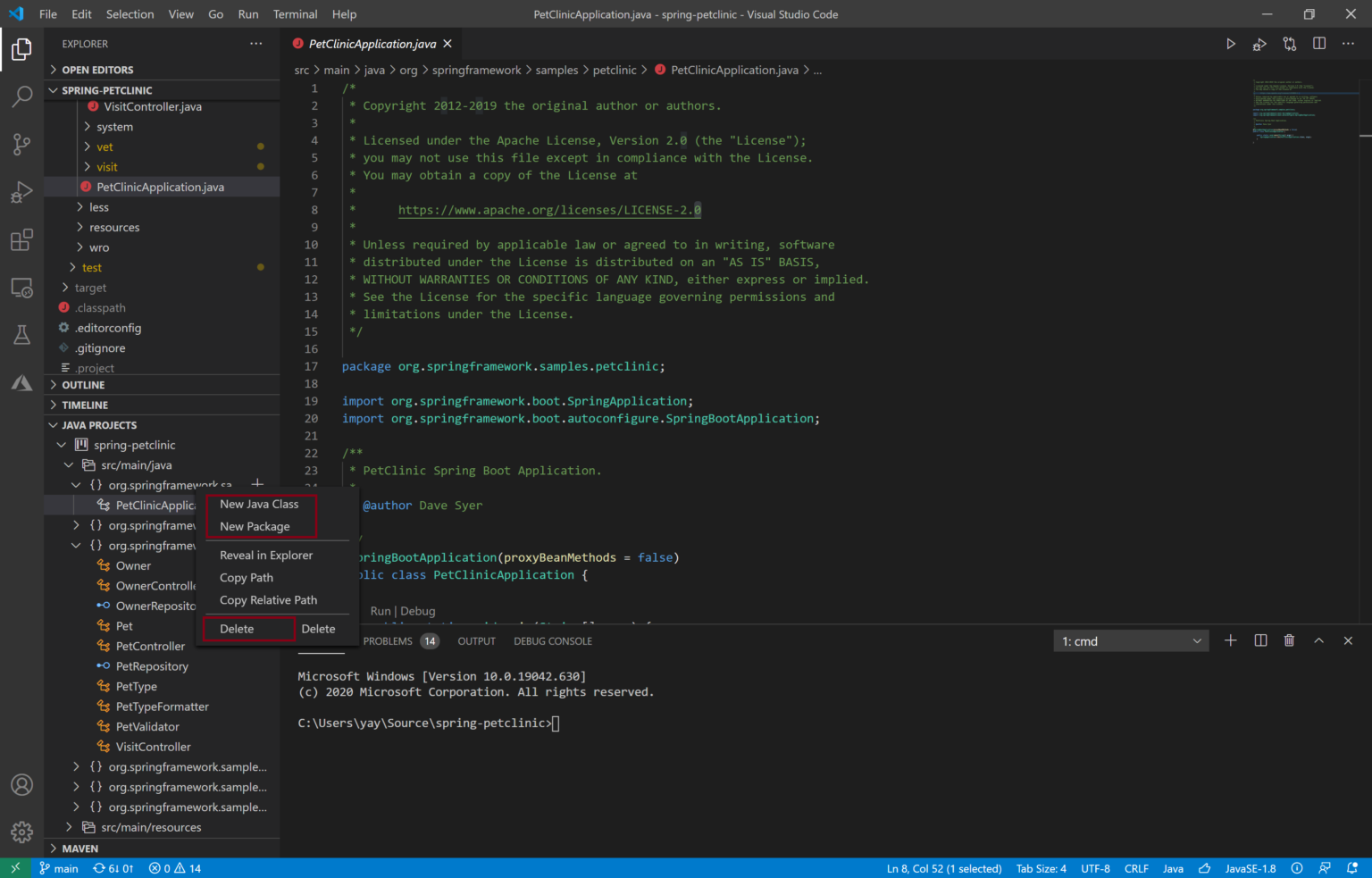


Join us live at the VS Code team's livestream on Monday, July 13 at 9am Pacific (5pm London), to see a demo of what's new in this release and ask us questions live. If you'd like to read these release notes online, go to Updates on. Java Pack Installer for macOS - Get set up to develop in Java with VS Code on macOS.Remote Development tutorials - Learn to develop over SSH, inside Containers, and in WSL.Notebook UI updates - Improved UX and undo/redo support.New He圎ditor extension - Edit files in hexadecimal format from within VS Code.Edit complex settings - Edit object settings from the Settings editor.View and sort pending changes - View files as a tree or list, sort by name, path, or status.Source Control unified view - All repositories displayed in a single view.New JavaScript debugger - Debug in the terminal, profiling support.Windows ARM builds - Windows on ARM is now available in stable.Accessibility improvements - New screen reader capabilities.There are a number of updates in this version that we hope you will like, some of the key highlights include: Welcome to the June 2020 release of Visual Studio Code. Update 1.47.3: The update addresses these issues.ĭownloads: Windows: User System Arm64 | Mac: Intel | Linux: deb rpm tarball snap Update 1.47.2: The update addresses these issues. Next you'll need to open your terminal.Update 1.47.1: The update addresses this security issue. Navigate to a suitable place on your machine and create a new folder named discord-bot (or whatever you want). However, before you install anything, you should set up a new project folder. npm comes with every Node installation, so you don't have to worry about installing that. To use discord.js, you'll need to install it via npm (Node's package manager). On Linux, you can consult this page open in new window to determine how you should install Node.

Use a package manager like Homebrew open in new window with the command brew install node.Download the latest version from the Node.js website open in new window, open the package installer, and follow the instructions.Download the latest version from the Node.js website open in new window, open the downloaded file, and follow the steps from the installer. On Windows, it's as simple as installing any other program. If it outputs v16.9.0 or higher, then you're good to go! Otherwise, continue reading. To check if you already have Node installed on your machine (e.g., if you're using a VPS), run node -v in your terminal.


 0 kommentar(er)
0 kommentar(er)
